
Insurance Rates Are Eating Cash Flow Away—Here’s What Investors Should Do About It
Mike Doyle December 31, 2024

Mike Doyle December 31, 2024
If cash flow were already on its knees because of increased interest rates, soaring homeowners insurance premiums have been the real death blow.
A perfect storm of disparate factors, such as labor shortages, inflation, higher reinsurance, increased building costs, and extreme weather events, has driven up insurance premiums, in some cases as much as six times. Sometimes, insurers simply refuse coverage altogether. To add insult to injury, property taxes, utility costs, and homeowners’ association fees have also increased.
“The insurance really is, I think, just as crippling, if not more so, than interest rates,” real estate agent Kara Breithaupt in New Orleans—where floods and hurricanes have caused insurance costs to rise faster than in most of the U.S.—told the Wall Street Journal. “When you’re talking about a $500,000 property that has an $8,000 homeowners insurance premium and a $2,000 flood insurance premium, and property taxes on top of that, the carrying costs have exponentially increased.”
Traditionally, home insurance was a good deal for all concerned. Homeowners and landlords paid a small premium to ensure they could receive a sufficient payout in the event of a natural disaster or other loss. Insurers made money by spreading the risk nationwide. However, extreme weather such as hurricanes and increased high heat-induced wildfires have changed the economic dynamic.
According to AM Best, a global credit rating agency, underwriting losses among U.S. property insurers totaled $47 billion in 2022 and 2023. Last year, the insurance industry posted an underwriting profit in 2020, and premiums have risen by more than 30% since then. Rates rose by more than 10% on average in 19 states in 2023 after a series of big payouts related to floods, storms, wildfires, and other natural disasters across the U.S.
It’s not as if insurers are trying to gauge landlords and homeowners. Many are hanging on for dear life. In California, seven out of the state’s 12 carriers have stopped coverage within the last two years—or gone bankrupt. Things have become so bad that 12% of U.S. homeowners are foregoing insurance altogether.
Landlords are in a dilemma, too—suck up the added insurance costs themselves and suffer reduced or no cash flow, or try to pass on the costs to their tenants and hope they can afford it or risk losing them. Landlords also have additional costs when it comes to insurance compared to homeowners.
Many landlords assume that the replacement cost number given by insurers is accurate. That’s not always the case. If a tenant causes damage, or a fire, flood, or hurricane decimates your property, you might not be able to get enough money to repair or replace your building if escalating construction costs weren’t factored in.
According to real estate data firm CoreLogic, construction materials and labor costs increased by 40% and 16%, respectively, between 2019 and 2023. While they appeared to have stabilized somewhat in 2024, President-elect Trump’s proposed tariffs could increase costs again.
“Many people got a little complacent,” Jeffrey Burns, a senior global real-estate adviser with Premier Sotheby’s International Realty in Sanibel, Florida, told the Wall Street Journal. “They thought that getting just enough insurance would be OK, and they would be covered.” That, Burns said, wasn’t the case, and many of his clients were forced to sell their homes due to a lack of insurance.
The 4,000 or so nonprofits and developers prohibited from raising rents or constrained to selling homes to buyers with limited budgets have suffered particularly badly. For them, soaring insurance is the difference between being in business or not, with coastal states the worst affected.
“If it spreads further, it could threaten to end affordable housing development as we know it,” Frank Woodruff, executive director of the Community Opportunity Alliance, a trade group representing nonprofit housing developers, told the New York Times. If that were to happen, it could dramatically affect homelessness, as well as banks that have collectively invested billions in housing projects through a federal tax credit program. Landlords looking to borrow from these banks to fund affordable housing projects would be caught up in the maelstrom.
“This problem is so big, and it could kill so very many wonderfully productive organizations, and yet it feels like there’s nothing we can do,” Woodruff said.
Across the board, nonprofit landlords and developers have cited increased insurance as the reason they can no longer afford to operate.”Insurance is really the thing that has had the greatest impact on us,” Mary Lawler, the chief executive of Avenue, a small nonprofit in Houston that develops affordable housing, told the Times.
HUD is not blind to the issue. However, a solution has come too late for many, such as Lawler at Avenue, who recently put 400 of the organization’s 1,000-unit portfolio for sale, some of which can be converted to market-rate rentals—at the worst possible time for the U.S. to be losing affordable housing.
Landlords in some of the country’s most popular rental markets, such as California, Florida, North Carolina, Oklahoma, and Texas, also prone to extreme weather, are having a particularly tough time getting affordable insurance.
“When inflation is on the rise, it basically means that the cost of everything is going up,” Redfin economist Daryl Fairweather told CBS News. “And that includes the cost of maintenance for homes, the cost of remodeling homes. And that goes into the equation for home insurance.”
Property owners can make a few common-sense moves to help with insurance costs. These include:
When a building is not cash-flowing, it’s tempting to let the insurance slide to monetize the scales in your favor. That’s a bad move. Having had two apartment buildings burned to cinders through fires (thankfully, no one was injured), I can attest to the importance of insurance. If you cannot afford insurance, keeping your rental is not worth the risk.
However, there are certain moves you make to try and generate more cash to help cover costs, including insurance. These are:
Consider self-management: It’s not for everybody, but self-managing your buildings can dramatically reduce expenses if you have the time, tools, and temperament.
Stay up to date on the latest real estate trends.
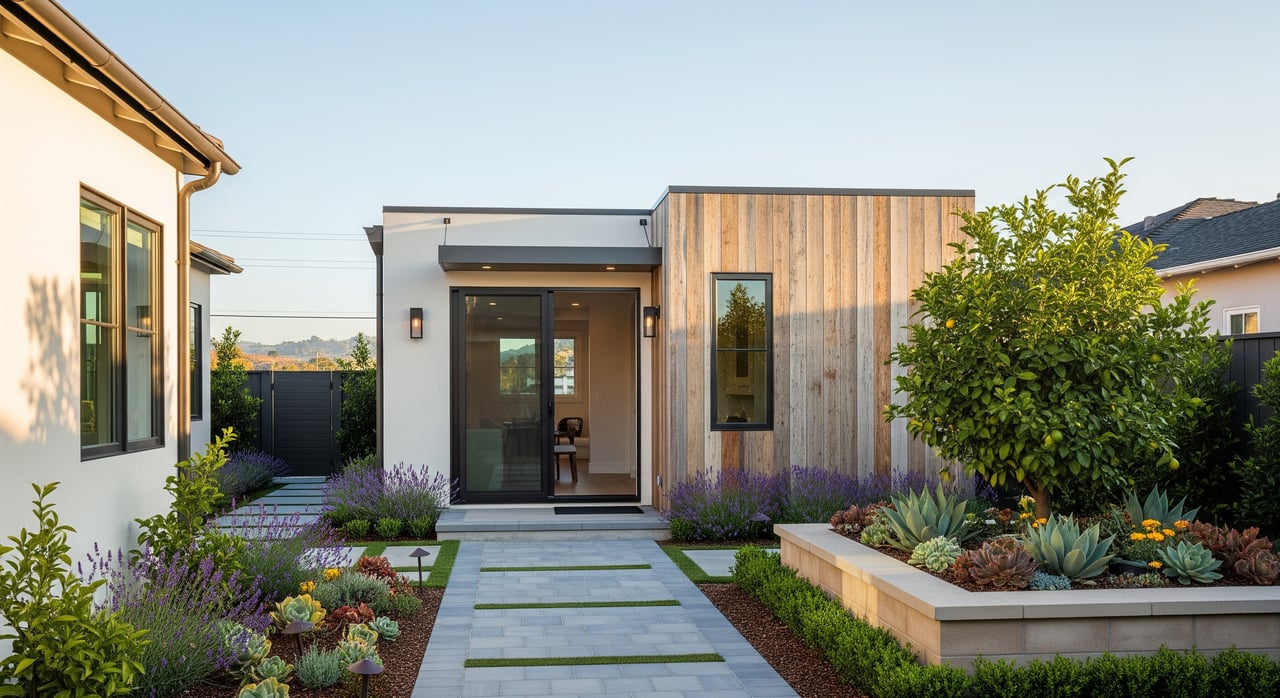

A lot of buyers are stuck in “wait and see” mode right now. They’re watching rates hover a little above 6% and thinking, I’ll buy once they hit the 5s. Because who doe… Read more
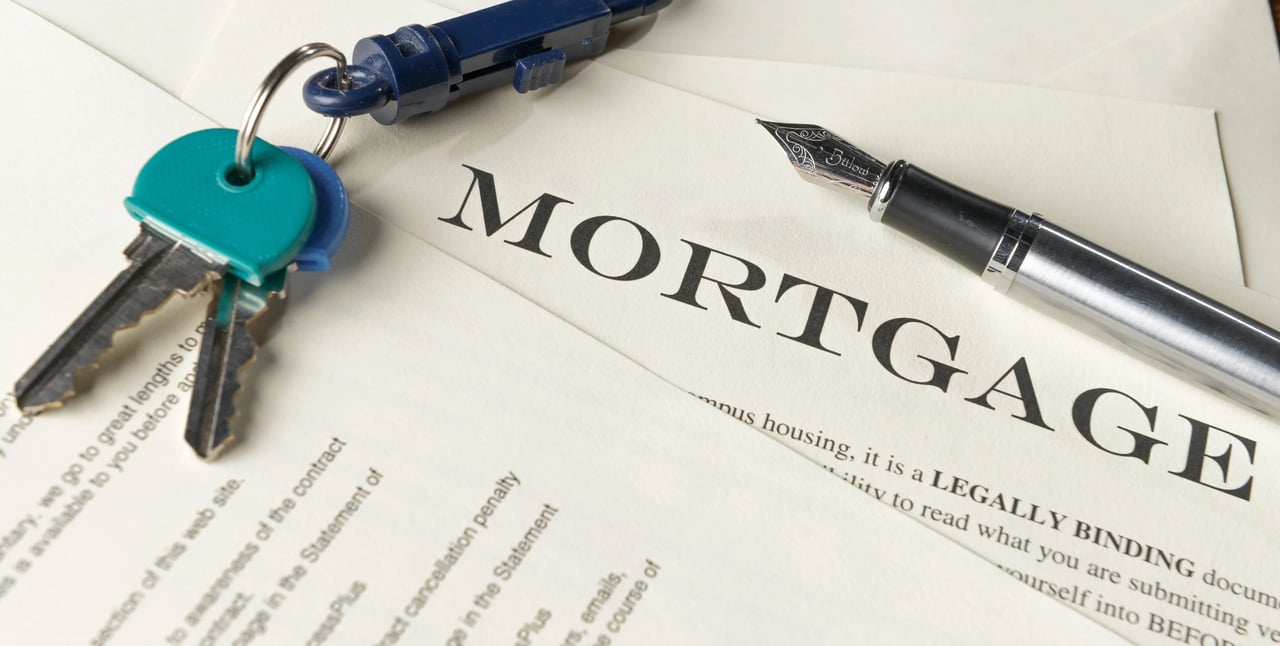
For investors who have sat quietly on their portfolios, weathering the storm of high interest rates over the past three years and accruing equity, the reward for their… Read more
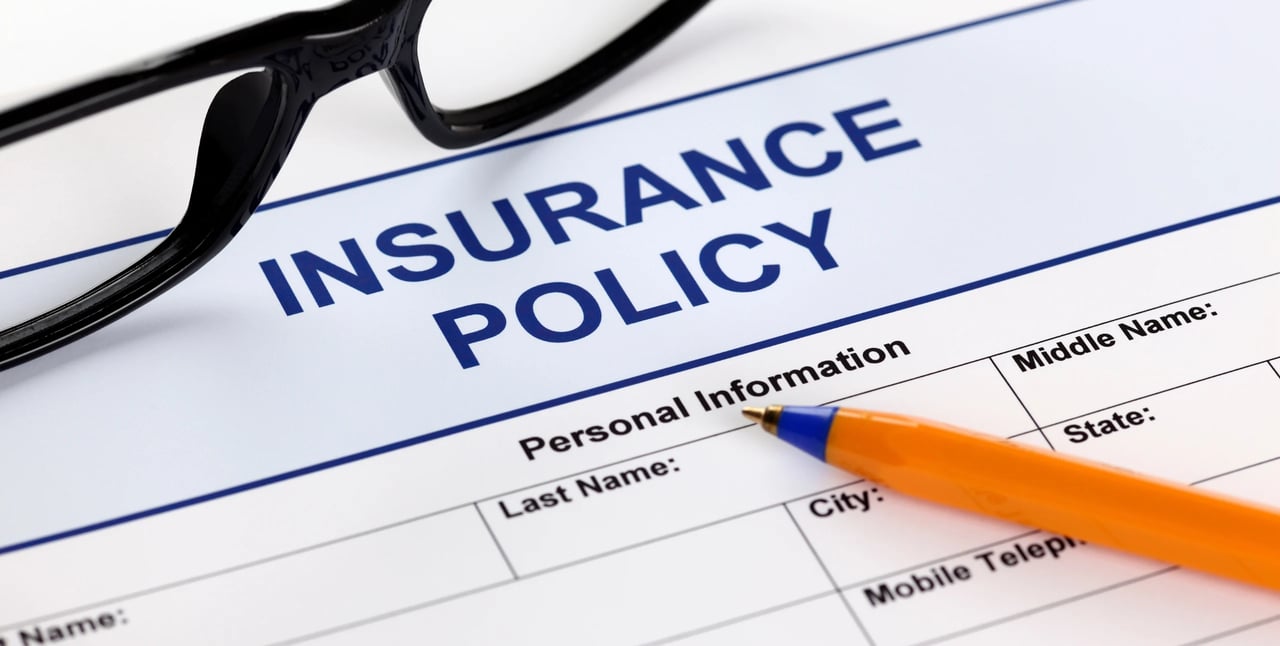
It’s 11 p.m. when your tenant texts: Water is pouring through the ceiling, and it’s not stopping. Or maybe it’s Saturday morning, and you’re staring at photos of shatt… Read more


If you stepped back from your home search over the past few years, you’re not alone – and you’re definitely not out of options. In fact, now might be the ideal time to… Read more
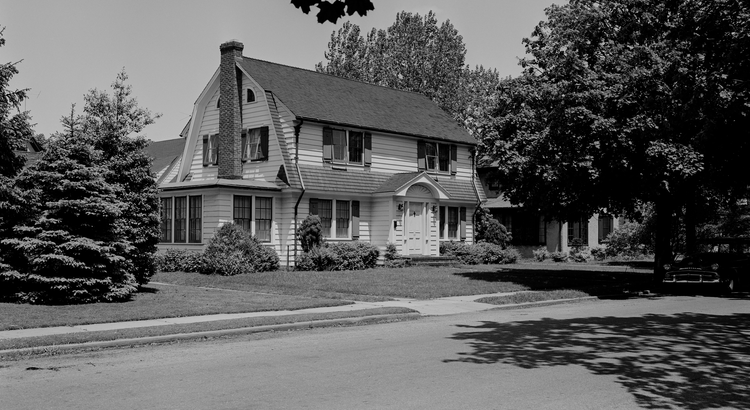
Mortgage rates have been the monster under the bed for a while. Every time they tick up, people flinch and say, “Maybe I’ll wait.” But here’s the twist. Waiting for th… Read more
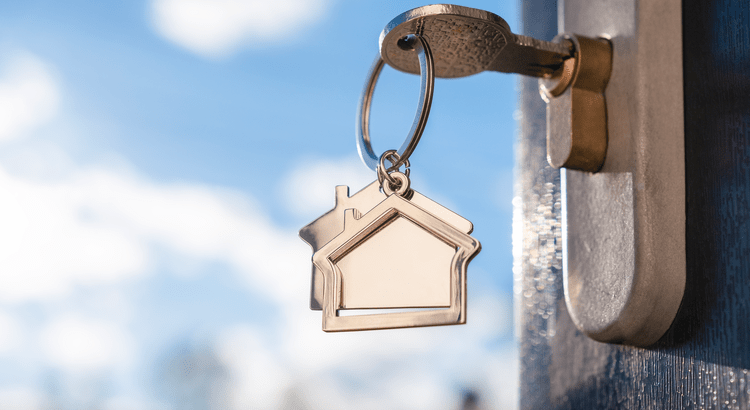
After a couple of years where the housing market felt stuck in neutral, 2026 may be the year things shift back into gear. Expert forecasts show more people are expecte… Read more

After a couple of years where the housing market felt stuck in neutral, 2026 may be the year things shift back into gear. Expert forecasts show more people are expecte… Read more
For expert real estate services, reach out to Mike Doyle. Whether you're buying, selling, or renting, navigate the process with confidence. Contact him today to ensure a smooth and informed real estate journey.